Australia’s supremely talented team of triathletes is primed to swim, ride and run their way into the history books at the Paris Paralympic Games.
The 13-strong squad, consisting of 12 triathletes plus one sighted guide, is the largest since the sport was introduced at Rio 2016 and features a mixture of debutants and athletes with Paralympic experience.
The much-vaunted team ranges from ages 17 to 50 and will compete in 11 medal events across six Para-triathlon categories on a single day after organisers condensed the program from two days.
There’s an inescapable feeling that anything less than the top of the women’s PTWC podium for world No.1 Lauren Parker, coached by Dan Atkins, would feel like mission incomplete, such has been her progress and ambition in the past few seasons.
In Tokyo, Parker was pipped by American rival Kendall Gretsch by 0.01 of a second, overtaken with literally the final wheelchair push – a finish that’s regarded as one of the most thrilling in Para-triathlon history, and a result that has only created more fire in the belly for Parker.
Nic Beveridge, coached by Louise Sauvage and Tom Davis, is Australia’s sole competitor in the men’s PTWC class and will become the first Australian to compete at three Games in the sport while, at just 17 years and 137 days, Grace Brimelow (PTS4) will become the youngest Australian triathlon Paralympian, after a string of stellar performances and a rapid rise up the ranks.
For seasoned campaigner Sally Pilbeam, Paralympic selection has been years in the making. Pilbeam made her international debut in 2013 and was a fixture in the sport but stepped away in 2020 when her classification was not included in consecutive Games.
When the women’s PTS4 was added for Paris, she re-emerged with a gutsy bronze at the 2023 World Championships. Her decision to come out of retirement for a final fling at becoming a Paralympian has paid off.
Tokyo 2020 track and field Paralympian Sam Harding, alongside sighted guide Aaron Royle, will fly the flag for Australia in the men’s PTVI class.
In the women’s PTS2, Australia will be represented by exciting South Australian star Anu Francis who is swimming, biking and running better than ever and is marked as strong medal favourite along with Americans Hailey Danz and Allysa Seely.
“The fitness is there, the skills are there, the mindset and grit are ready to go. I’m in the best form of my life and hopefully I can put it all together on race day and show the world what I can do,” Francis said.
Tom Goodman ‘s performances in the men’s PTS2 class have been impressive. His sister Molly was a member of the Australian Olympic Team in rowing, making them the first sibling combination to represent Australia at the Paralympic and Olympic Games.
Paris has come “just-in” time for Justin Godfrey, who at 50 years of age will make his long-awaited Paralympic debut in the men’s PTS3 class. A five-time ITU World Para Triathlon gold medallist, Godfrey is no stranger to competing on the big stage, but not on the biggest – until now.
All French eyes will also be on home favourite and two-time defending Paralympic champion Alexis Hanquinquant in the stacked men’s PTS4 race. While Hanquinquant is eager to make it No.3, Aussie duo Jeremy Peacock and Liam Twomey are excited to write their own chapter of Paralympic history when they make their debuts.
Despite being relative newcomers to the sport, Peacock and Twomey are both ranked in the PTS4 top 10 and have carved out strong results under coach Danielle Stefano.
Twenty-year-old Jack Howell, coached by London 2012 Olympian Brendan Sexton, is currently ranked fourth in the men’s PTS5 world rankings and is the youngest competitor in the category. The self-professed larrikin is a strong chance to finish on the Paris podium and fulfil his childhood ambition.
“I always said I didn’t care which sport, I just wanted to go to the Paralympics. And luckily, I ended up in a sport I really love,” Howell said.
“I’ve put myself in a competitive field, but I’m also competitive myself – I’m really excited to see what I can produce. I’ve worked really hard and just need to give the hard work justice. I think I’ll go well.”
Western Australian David Bryant will return to Paralympic competition also in the men’s PTS5 category and hoping to better his seventh-place finish from Tokyo. Bryant was a relative newbie in Tokyo, so brings more experience and finesse to Paris.
Team Manager Kyle Burns said: “We are a young sport with a lot of new athletes and we don’t know how they will perform under the pressure of a Paralympic Games yet. There are some really good chances, a couple of dark horses, and then the ones that will just blow us away.”
With an inevitable sense of deja vu, the hot topic has again been the Seine and whether the river is deemed safe enough to allow a swim to take place. A decision on an out-and-back or point-to-point swim will be taken this week, before the swim familiarisation occurs.
“Some races it will neutralise, and for some it won’t make a difference. The main thing is, you’ve got to be adaptable and assess during the race. It’s a long race, and you’ve got to get the other disciplines right, as well as transition, so we can’t get over-awed,” Burns added.
Athletes in the PTS2 to PTS5 categories will be the first to compete on September 1, followed by athletes in the PTWC and PTVI categories on September 2.
Watch the Paris 2024 Paralympic Games on the 9Network and 9Now live and free, and on Stan Sport
By: Ashley Gillespie, Paralympics Australia
Published: 30 August 2024


 Join AUS Squad
Join AUS Squad

